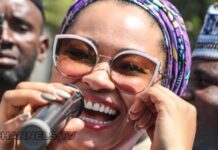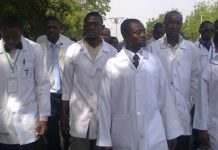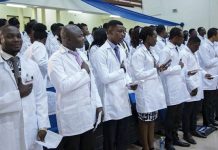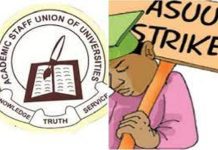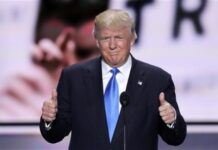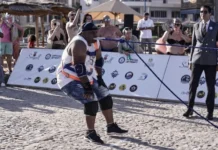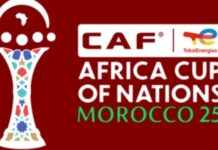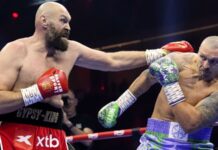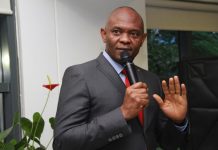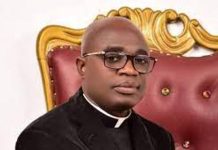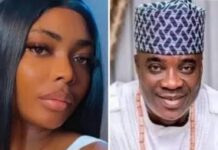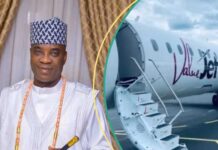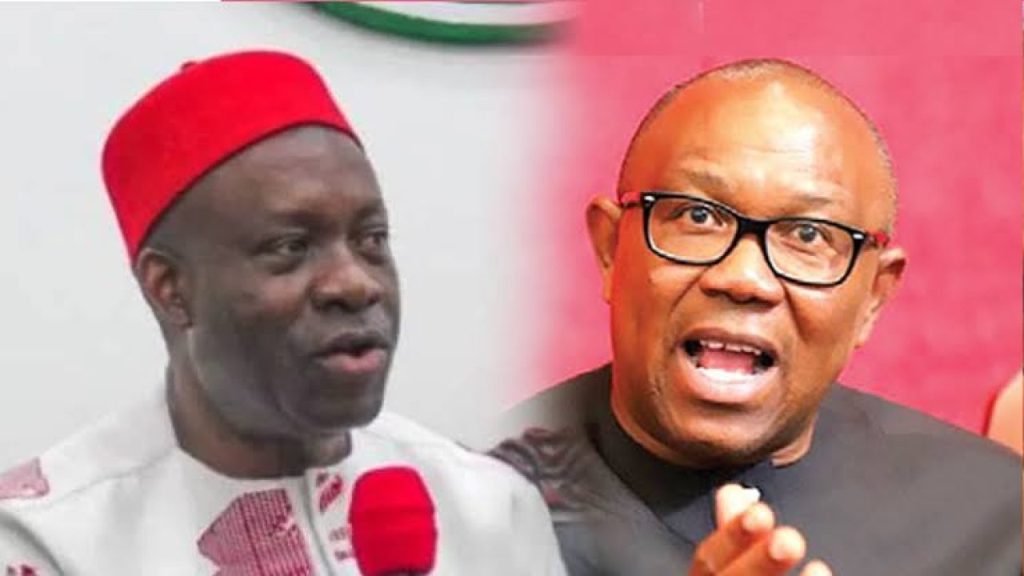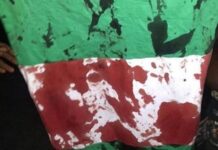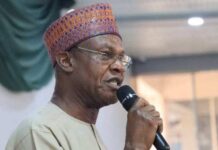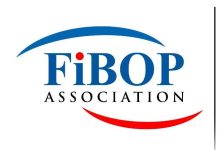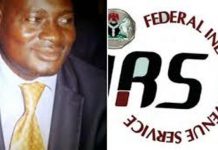
Cardinal Robert Francis Prevost on Thursday emerged as the first Catholic pontiff to be come from the United States.
The white smoke that billowed from the chimney of the Sistine Chapel late Thursday signaled the Church had chosen its new spiritual leader—ushering in a new era with the election of the first American pontiff in the Church’s 2,000-year history.
The 69-year-old North American polyglot, a former missionary in Peru and the head of the Vatican’s influential Dicastery for Bishops, is now known as Pope Leone XIV.
He succeeds Pope Francis, who passed away last month at the age of 88 after over a decade at the helm of the global Catholic community.
Who is Prevost?
Fluent in Spanish and known for his pastoral sensitivity and administrative rigor, he was tapped by Pope Francis in recent years to lead the Vatican’s powerful office responsible for the appointment of bishops—a key position that shaped the global episcopate.
His election marks a major milestone not only for American Catholics but also for the global Church, as it signals a possible continuity with Francis’ vision of a more inclusive, compassionate, and globally conscious Catholicism.
Cardinal Robert Francis Prevost has spent a lifetime marked by deep spiritual commitment, international service, and unwavering obedience to the Church’s call—no matter where it led him.
Born in Chicago in 1955, Prevost grew up in a home regularly visited by priests, drawn not just by the warmth of the family, but also by the cooking of his Spanish mother, Mildred Martínez.
His early exposure to faith life was reinforced by his father, Louis Marius Prevost, a French-Italian catechist, and by his own involvement as an altar boy and parish school student.
Even before his name was announced from the balcony of St Peter’s Basilica, the crowds below were chanting “Viva il Papa” – Long live the Pope.
The America has become the 267th occupant of the throne of St Peter.
He is the first American to fill the role of pope, although he is considered as much a cardinal from Latin America because of the many years he spent as a missionary in Peru.
Born to parents of Spanish and Franco-Italian descent, Leo served as an altar boy and was ordained in 1982.
Although he moved to Peru three years later, he returned regularly to the US to serve as a pastor and a prior in his home city.
He has Peruvian nationality and is fondly remembered as a figure who worked with marginalised communities and helped build bridges.
He spent 10 years as a local parish pastor and as a teacher at a seminary in Trujillo in north-western Peru.
In his first words as Pope, Leo spoke fondly of his predecessor Francis.
“We still hear in our ears the weak but always courageous voice of Pope Francis who blessed us,” he said.
“United and hand-in-hand with God, let us advance together,” he told cheering crowds.
The Pope also spoke of his role in the Augustinian Order.
In 2014, Francis made him Bishop of Chiclayo in Peru.
He is well known to cardinals because of his high-profile role as prefect of the Dicastery for Bishops in Latin America which has the important task of selecting and supervising bishops.
He became archbishop in January 2023 and within a few months, Francis made him a cardinal.
What is his background?
The new pontiff served as an altar boy and was ordained in 1982.
Before becoming the new leader of the Catholic Church, Leo told Italian network Rai that he grew up in a family of immigrants.
“I was born in the United States… But my grandparents were all immigrants, French, Spanish… I was raised in a very Catholic family, both of my parents were very engaged in the parish,” he said.
Although Leo was born in the US, the Vatican described him as the second pope from the Americas (Francis was from Argentina).
Jari Honora, a genealogist and historian in the US state of Louisiana, said Leo has strong ties to New Orleans’ black community.
He told the BBC that the new pontiff’s maternal grandparents lived in a now-demolished home in the city’s seventh ward, and she also rented a place in the iconic Pontalba building in New Orleans’ French Quarter.
Mr Honora said Pope Leo’s grandparents are described as black or mulatto in historical records, but that the family’s identity was listed as white when they moved to Chicago – a common practice among black families looking to escape racial segregation.
The Pope’s background “indicates that [American] stories, the experiences of our ancestors are more tightly woven than we could have ever imagined,” he said.
“It shrinks that gap between Rome and New Orleans or New Orleans and Chicago.”
What are Pope Leo’s views?
Early attention will focus on Leo XIV’s pronouncements to see whether he will continue his predecessor’s reforms in the Roman Catholic Church.
In choosing his papal name, Leo has signified a commitment to dynamic social issues, according to experts.
The first pontiff to use the name Leo, whose papacy ended in 461, met Attila the Hun and persuaded him not to attack Rome.
The last Pope Leo led the Church from 1878 to 1903 and wrote an influential treatise on workers’ rights.
Former Archbishop of Boston Seán Patrick O’Malley wrote on his blog that the new pontiff “has chosen a name widely associated with the social justice legacy of Pope Leo XIII, who was pontiff at a time of epic upheaval in the world, the time of the industrial revolution, the beginning of Marxism, and widespread immigration”.
The new Pope’s LGBT views are unclear, but some groups, including the conservative College of Cardinals, believe he may be less supportive than Francis.
Leo XIV has shown support for a declaration from Francis to permit blessings for same-sex couples and others in “irregular situations”, although he has added that bishops must interpret such directives in accordance with local contexts and cultures.
Speaking last year about climate change, Cardinal Prevost said that it was time to move “from words to action”.
He called on mankind to build a “relationship of reciprocity” with the environment.
And he has spoken about concrete measures at the Vatican, including the installation of solar panels and the adoption of electric vehicles.
Pope Leo XIV has supported Pope Francis’ decision to allow women for the first time to join the Dicastery for Bishops, an administrative body that identifies and recommends future bishops to the Holy See.
“On several occasions we have seen that their point of view is an enrichment,” he told Vatican News in 2023.
In 2024, he told the Catholic News Service that women’s presence “contributes significantly to the process of discernment in looking for who we hope are the best candidates to serve the Church in episcopal ministry”.
Disagreements with the Trump administration?
The new pontiff is believed to have shared Francis’ views on migrants, the poor and the environment.
A former roommate of his, Reverend John Lydon, described Leo to the BBC as “outgoing”, “down to earth” and “very concerned with the poor”.
In recent months, he appears to have challenged the views of US Vice-President JD Vance.
A social media account in his name shared a social media post on X that was critical of the Trump administration’s deportation of a US resident to El Salvador.
The account also shared a critical comment piece written about a TV interview by Vance.
“JD Vance is wrong: Jesus doesn’t ask us to rank our love for others,” read the post, repeating the headline from the commentary on the National Catholic Reporter website.
Shortly after, the account shared another article, published by The Jesuit Review, and commented that Catholics “cannot support a rhetoric that demonizes immigrants as dangerously criminal simply because they have crossed the border in search of a better life for themselves and their families”.
Pride and concern over his time in Peru
Leo moved to Peru as a missionary in 1985 to work in various rural communities.
He was known for working with marginalised people, and immersed himself in learning Spanish.
After a stint back in the United States, he returned to Peru again in 1988 to the city of Trujillo on the north coast where he trained young men to be priests and taught canon law.
In late 2014, when he was back in the US, he was put forward by Pope Francis to return to Peru as the Apostolic Administrator of Chiclayo, a diocese on Peru’s north coast and the following year he was appointed the Bishop of Chiclayo. He served in this role for nearly a decade.
In 2015, he obtained Peruvian citizenship. He reportedly often referred to Peru as “mi segunda patria”, my second homeland.
He championed various charities such as supporting soup kitchens and childcare for struggling families, and advocated for better housing on the north coast, which is prone to floods.
But not all in the country are proud of his record.
Accusations have been made about his handling of sexual abuse cases during his time as Bishop of Chiclayo. Three Peruvian women are among those who went public with claims that – as bishop – he failed to investigate and punish a priest accused of sexually abusing them, with claims dating back to 2007.
They said that when they raised their allegations with the diocese in 2022, no substantial or serious inquiry was opened.
Church officials denied this and said an investigation was opened, but was closed in 2023 by the ecclesiastical district and the Vatican after a local prosecutor said there was not enough evidence to support the civil claim.
An investigation by the prosecutor was reopened after media reports about the case and the BBC understands it is ongoing.
The BBC spoke in Chiclayo to Jesus Leon Angeles, who supports the parish where the accused priest works.
She said while the parish was “in defence of women”, it was also “in defence of the truth” and claimed the allegations were part of a “campaign” against Leo when he became a cardinal in Rome.
These allegations and the continued fallout from sexual abuse scandals within the Church are one of the challenges he will face as he now leads Catholics worldwide.
With BBC report





